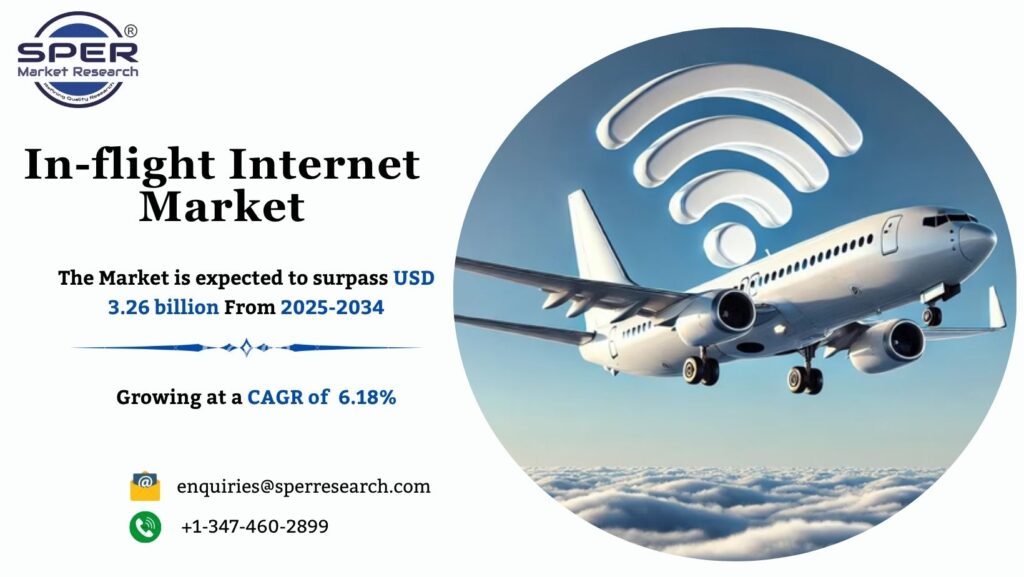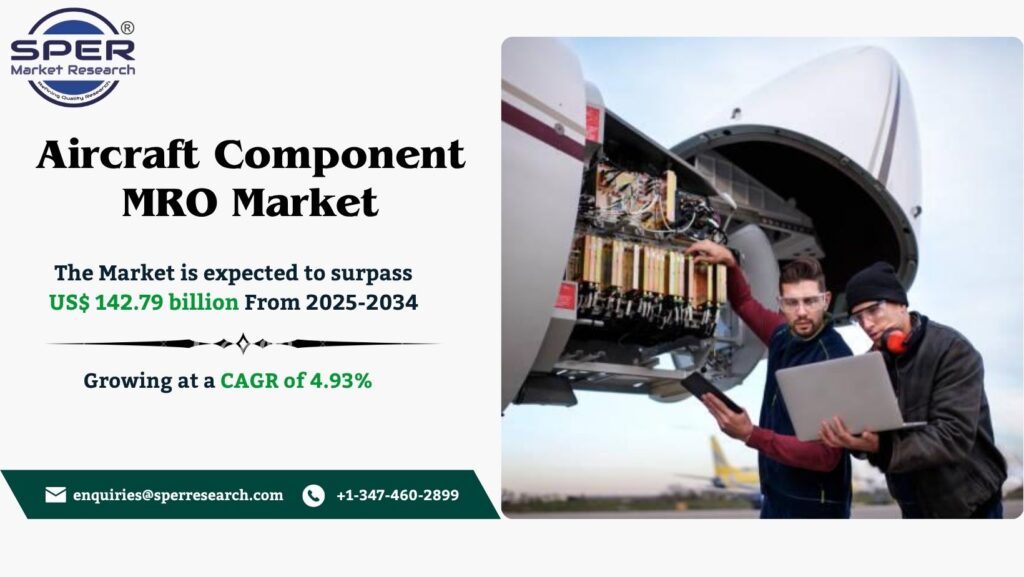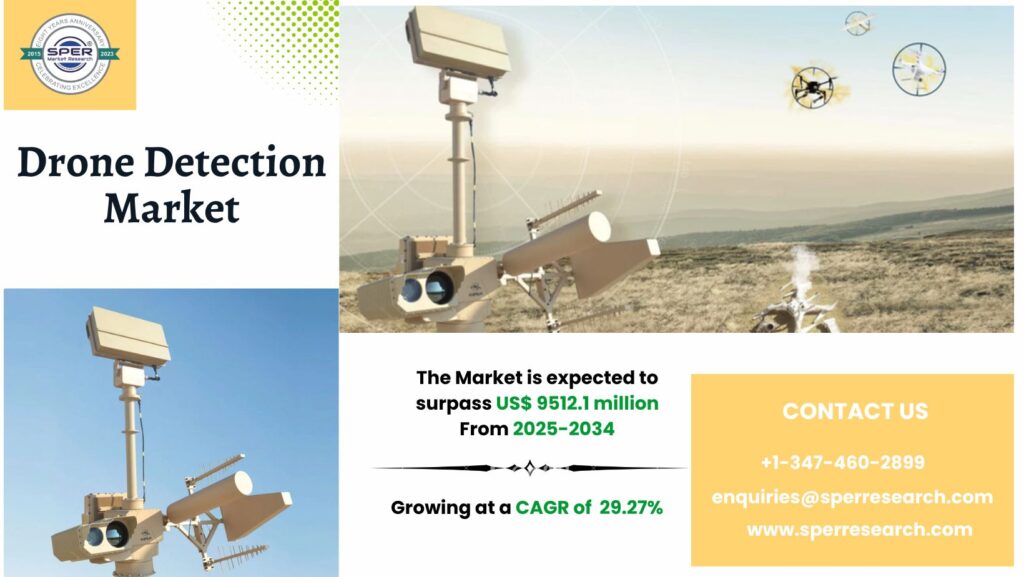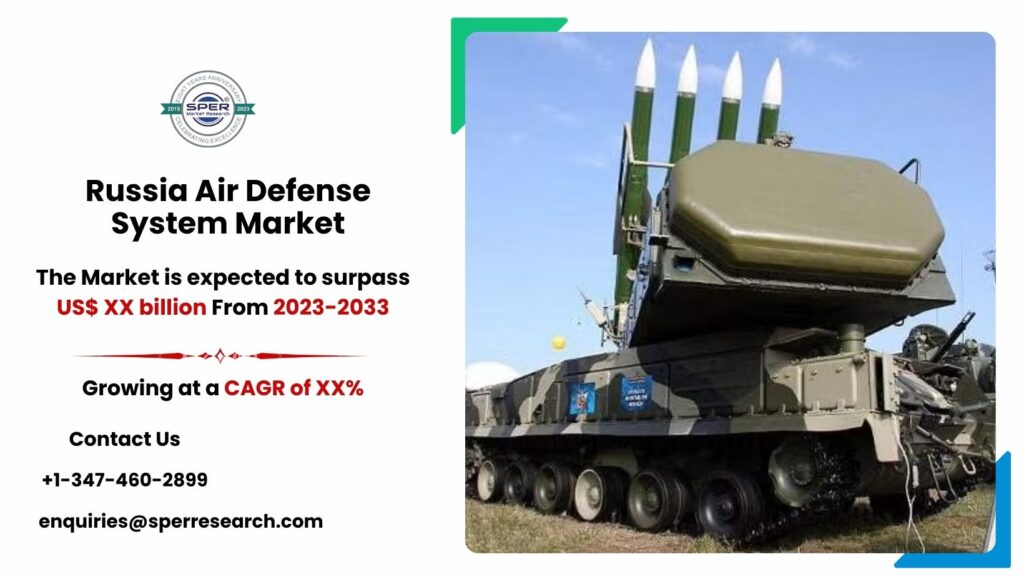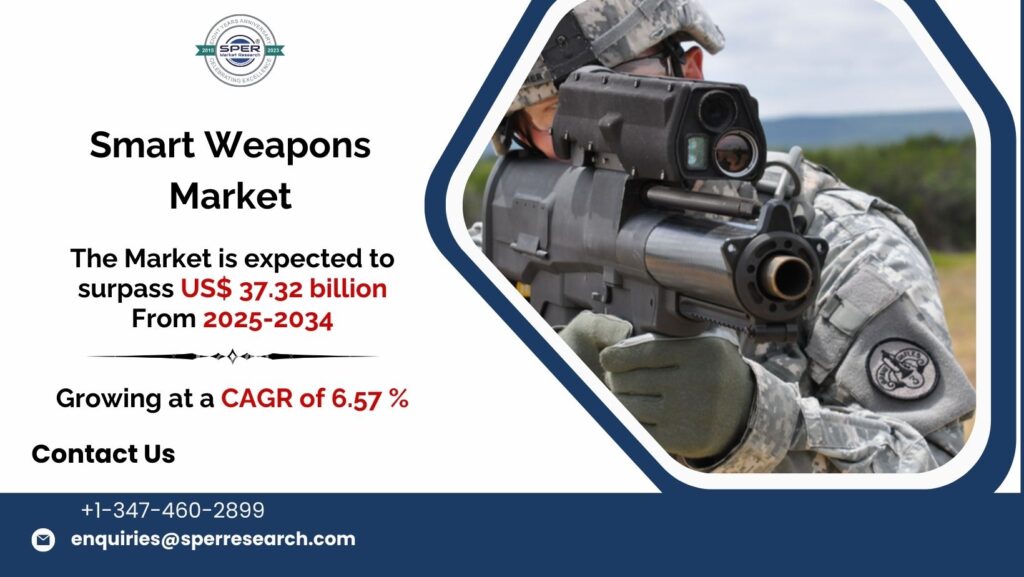An attitude and heading reference systems is an advanced technology mostly used in the aviation sector to ensure safe and correct navigation. AHRS given essential information about an aircraft’s orientation and movement in real time. AHRS systems integrate multiple sensors to determine the aircraft’s attitude and heading direction. The AHRS systems are also equipped with Gyroscopes, Magnetometers and Accelerometers to provide real-time information about the aircraft’s orientation and heading. Increased use of advanced navigation technologies in various autonomous systems, the need for increased safety and efficiency in the aviation sector, and the move away from traditional gyroscopic instruments toward more compact, dependable, and multi-sensor MEMS-based AHRS solutions are the main drivers of this growth.
According to SPER market research, ‘Global Attitude and Heading Reference System Market Size – By Component, By End Use- Regional Outlook, Competitive Strategies and Segment Forecast to 2034’ states that the Global Attitude and Heading Reference System Market is predicted to reach 1358.41 million by 2034 with a CAGR of 5.59%.
Drivers:
The global attitude and heading reference systems market is growing globally because of several factors such as increasing use of UAV demand, expansion of the aviation industry, and growing demand for accurate navigation system. On the other side, stringent regulatory standards and the high cost of the technology restrain the development of the market. Furthermore, growth in commercial and military aviation sector and advancement in the sensor technology provide new opportunities for attitude and heading reference systems market growth during the forecast period. the increasing in demand for unmanned aerial vehicles (UAVs) and drones in various industries such as agriculture, logistics, military and defence, and leisure target has grown immensely. The growth in UAVs and drones is developing more demand for attitude and heading reference systems.
Request a Free Sample Report: https://www.sperresearch.com/report-store/attitude-and-heading-reference-system-market?sample=1
Restraints:
A major obstacle is the high upfront cost of AHRS hardware, software, and integration, especially for emerging markets and small – scale operators. The use of attitude and heading reference systems (AHRS) is limited by the complexity and cost of retrofitting them into current platforms, such as older airplanes or marine vessels. Because attitude and heading reference systems (AHRS) might have errors from external interference or sensor drift, data quality and dependability continue to be major difficulties that can impact performance in high-stakes applications. Manufacturing companies that operate in several different locations have compliance issues due to the absence of defined international requirements for attitude and heading reference systems (AHRS) data processing and sensor calibration.
Regional:
The robust commercial aviation industry in North America contributed to the region’s dominant market share in the attitude and heading reference system (AHRS) market. The growth in the region is driven by the increasing demand for air travel and the need for more efficient and cost-effective aircraft. Some of the key market players such as Bell Helicopter, Northrop Grumman Corporation, Sikorsky Aircraft, Moog Inc., Boeing, Bombardier, and others.
For More Information, refer to below link: –
Attitude and Heading Reference System Market Share
Related Reports:
Autonomous Naval Vessel Market Growth
Follow Us –
LinkedIn | Instagram | Facebook | Twitter
Contact Us:
Sara Lopes, Business Consultant — USA
SPER Market Research
enquiries@sperresearch.com
+1–347–460–2899


